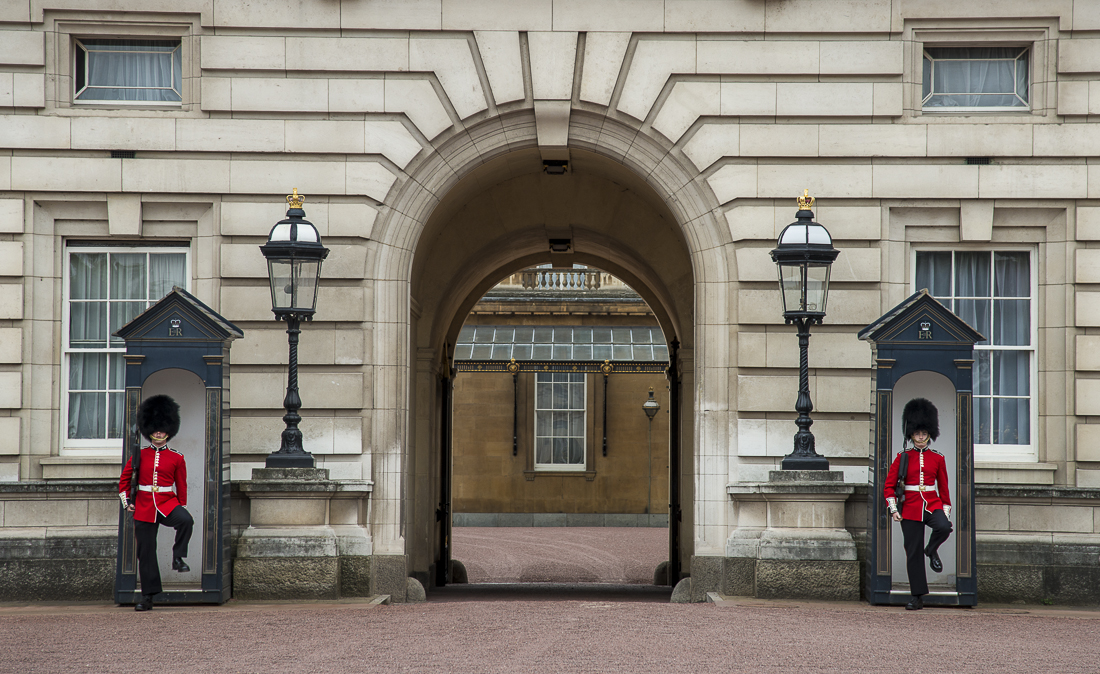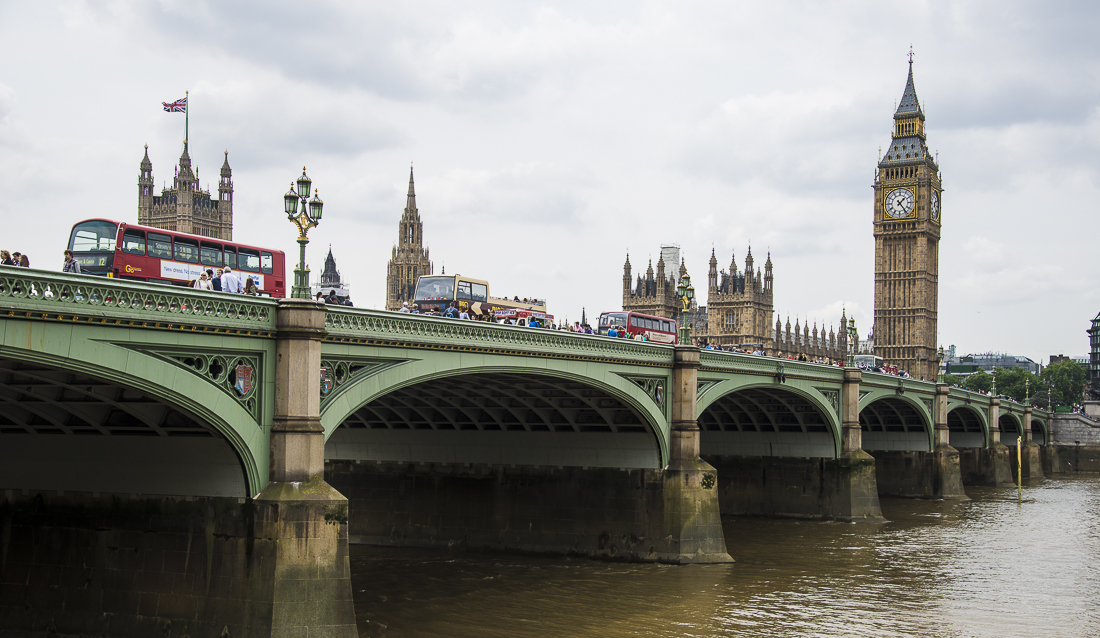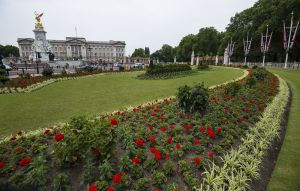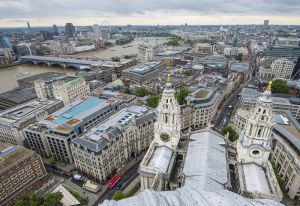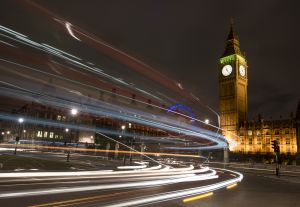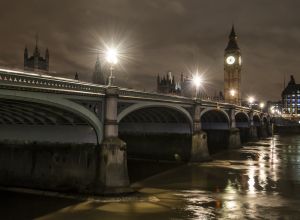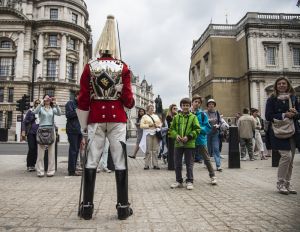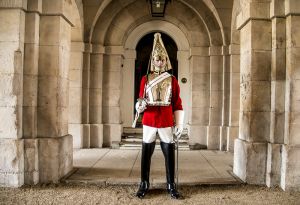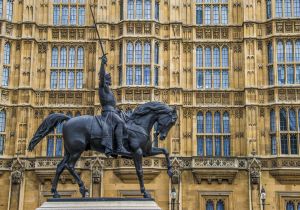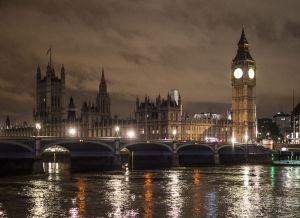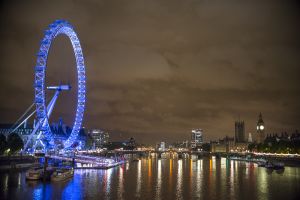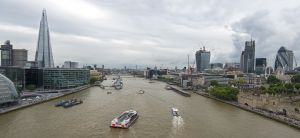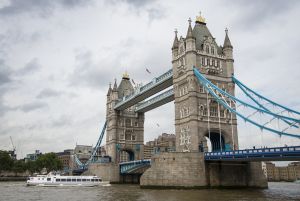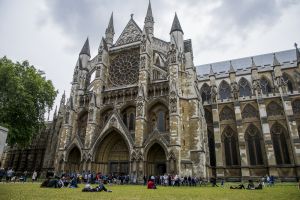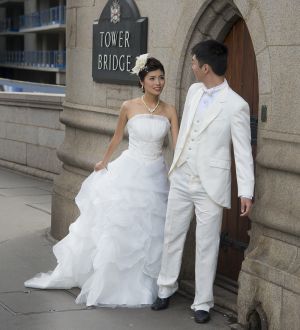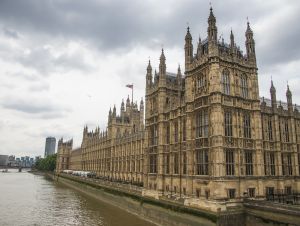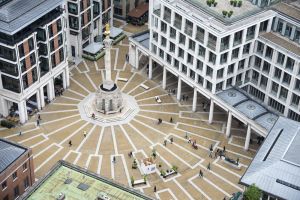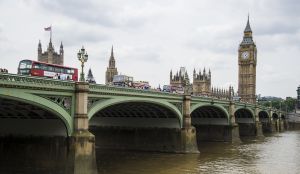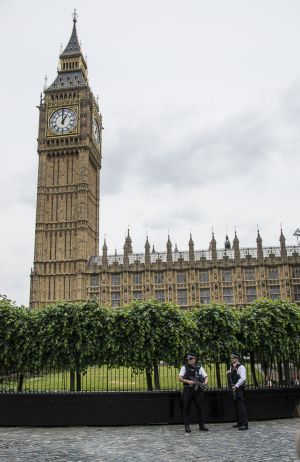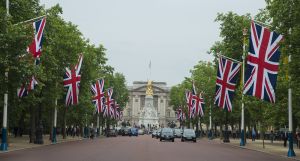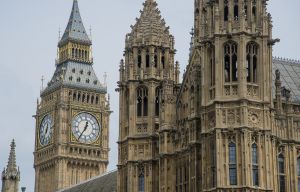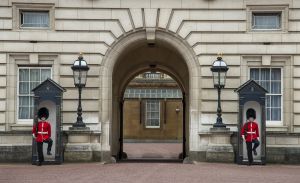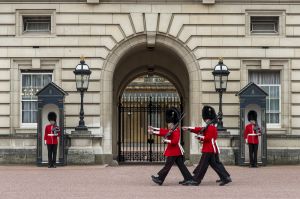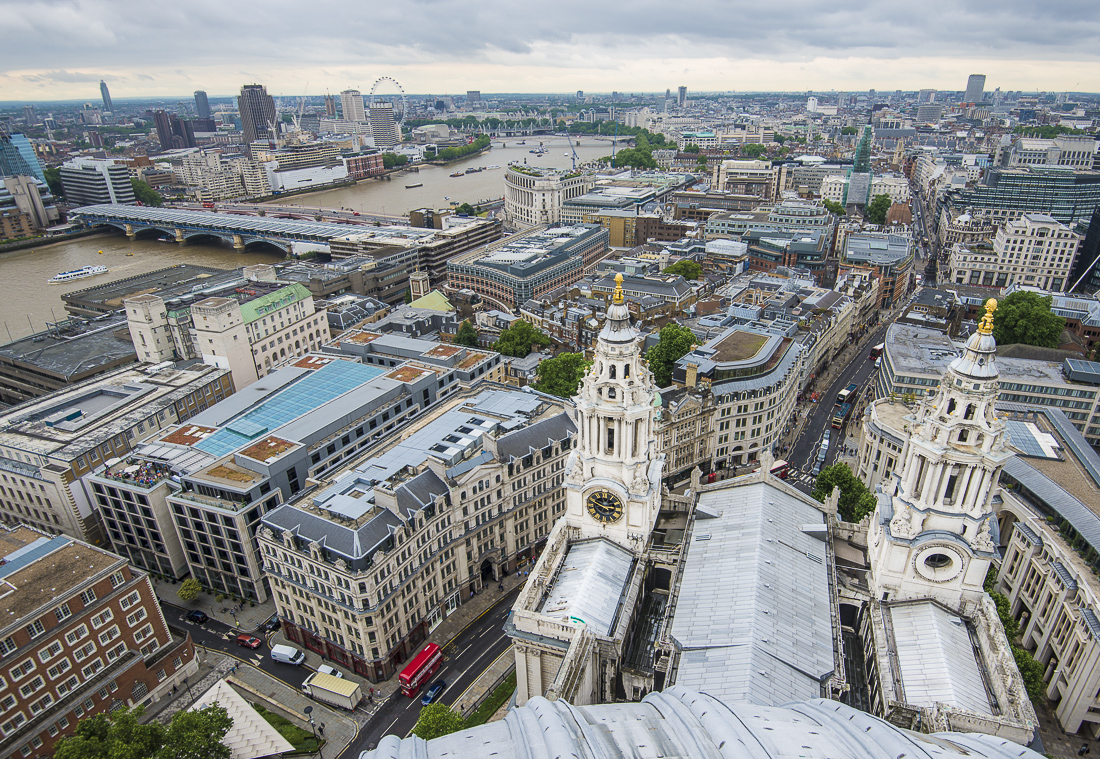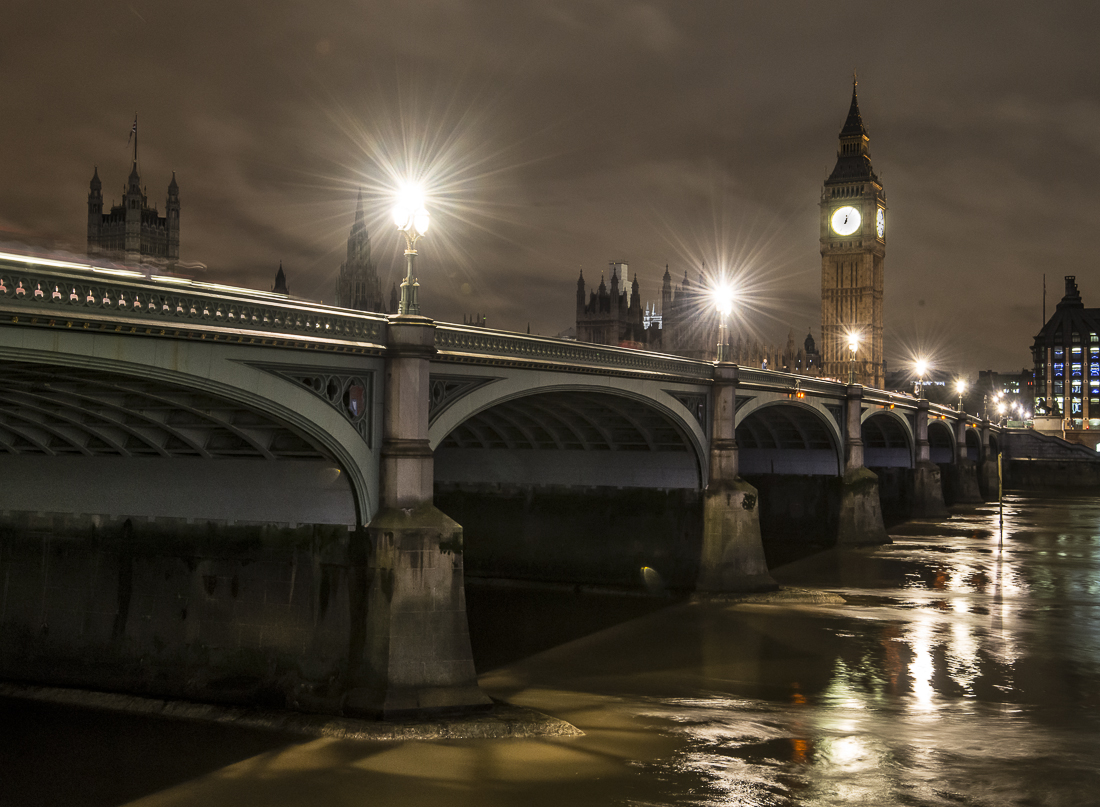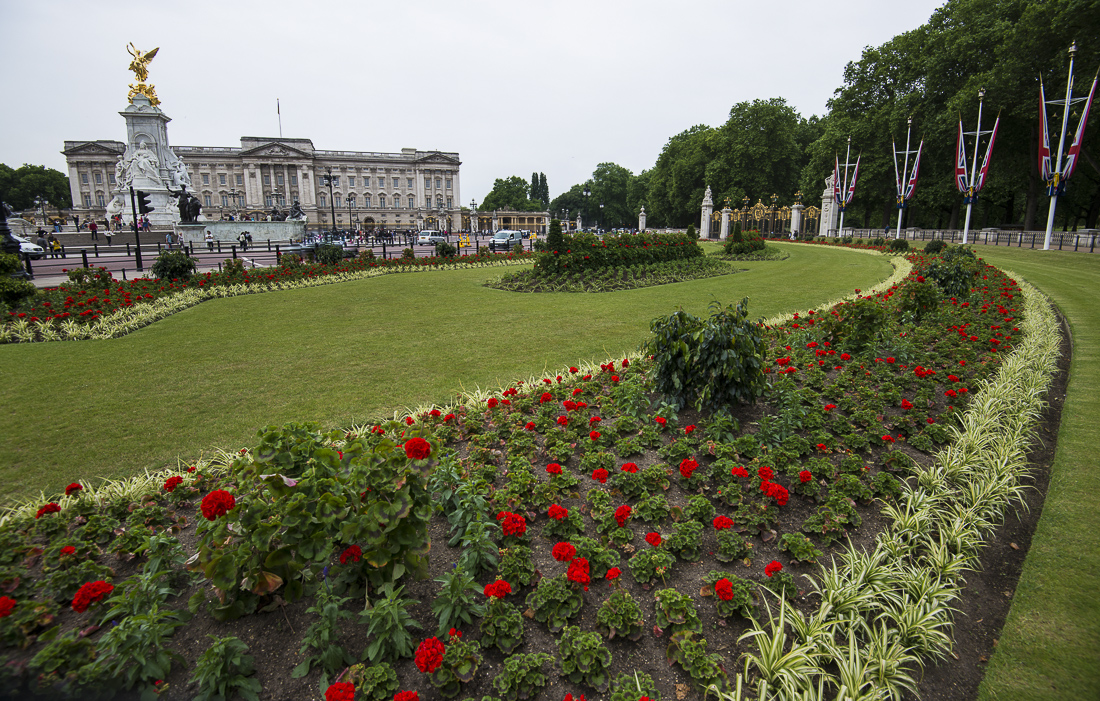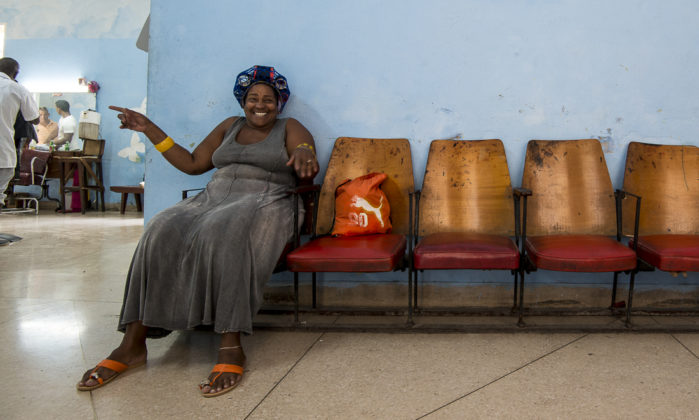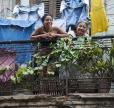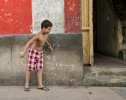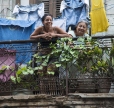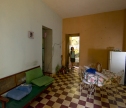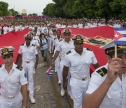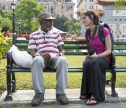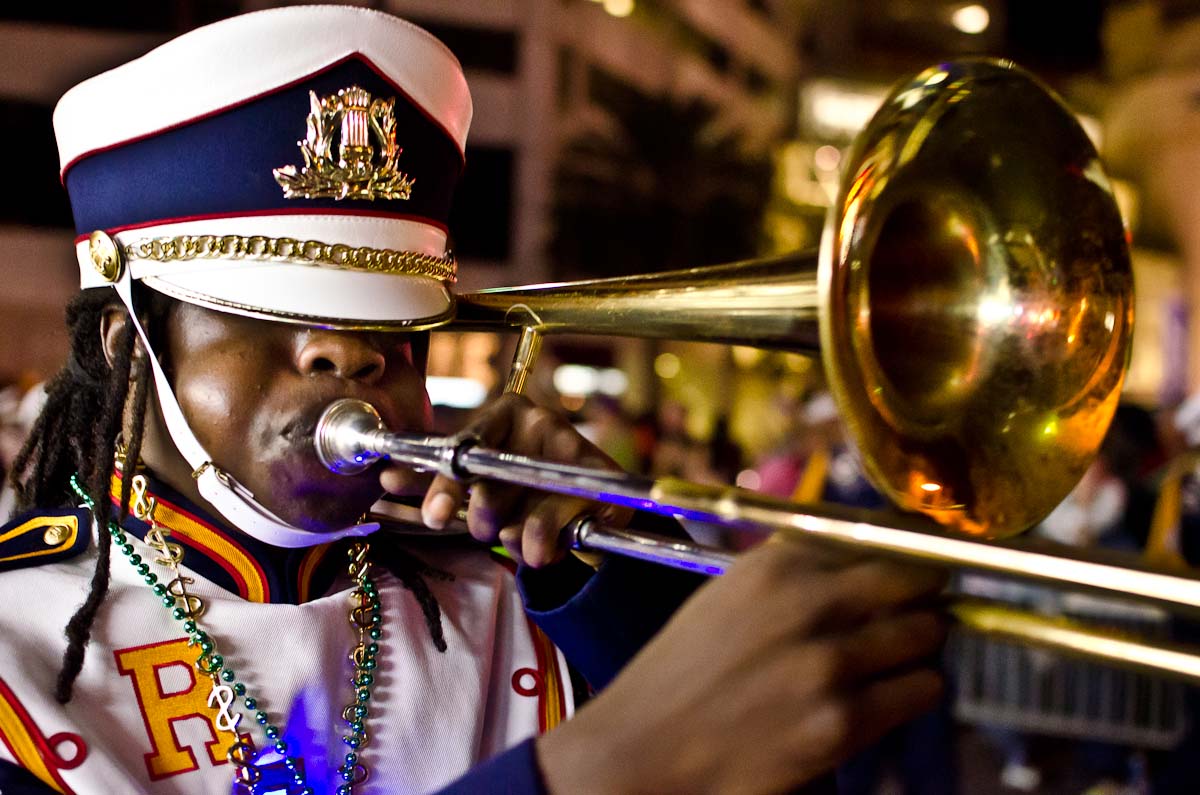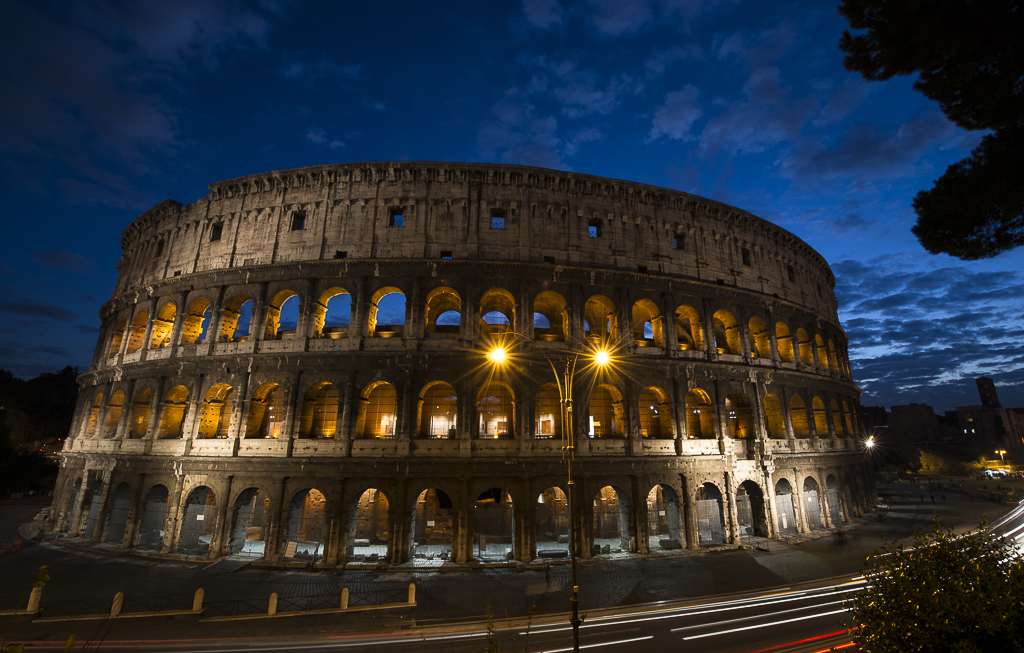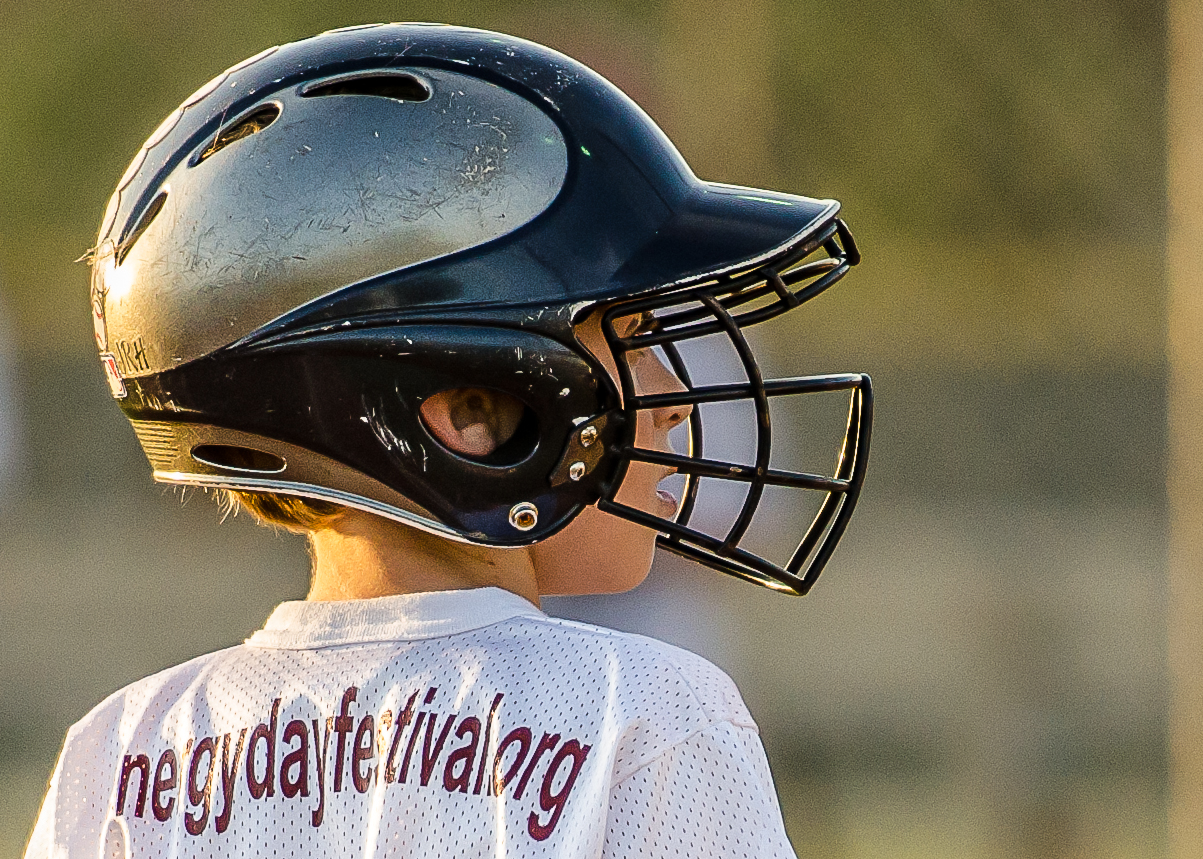With just a day and a half of jet-lagged layover in London on the way to points further east, I don’t have many stories to tell. It was my first visit to England, so I mostly hit the most touristy of spots, timing my outdoor excursions between episodes of drizzly rain.
Despite the supposedly-shared language, London can seem just as foreign at times as any other major European City. Unlike the rest of the world, when the Brits speak English, they didn’t learn it from American television and music, so their accents are often harder to understand than the English you’ll hear in much more exotic-sounding destinations. A few times I would have sworn I was in a Monty Python sketch. My favorite amusement: My hotel room had a set of bathroom scales, which clearly displayed my weight as about 10.5 stone.
You probably recognize Big Ben — it’s the clocktower at the House of Parliament. My hotel was very close to it — thus all the pictures. The place (just above) with the flowers, all the British flags, and of course the Beaver-hatted guards is Buckingham Palace. The high-up views are from the Tower Bridge and from St. Paul’s Cathedral. The big Ferris Wheel is called the London eye. The church you see pictured from the outside is Westminster Abbey. The statuesque fellow riding horseback wielding a sword is Richard the Lionhearted. I didn’t know the happy Asian couple strolling around the Tower Bridge in their wedding wear.
